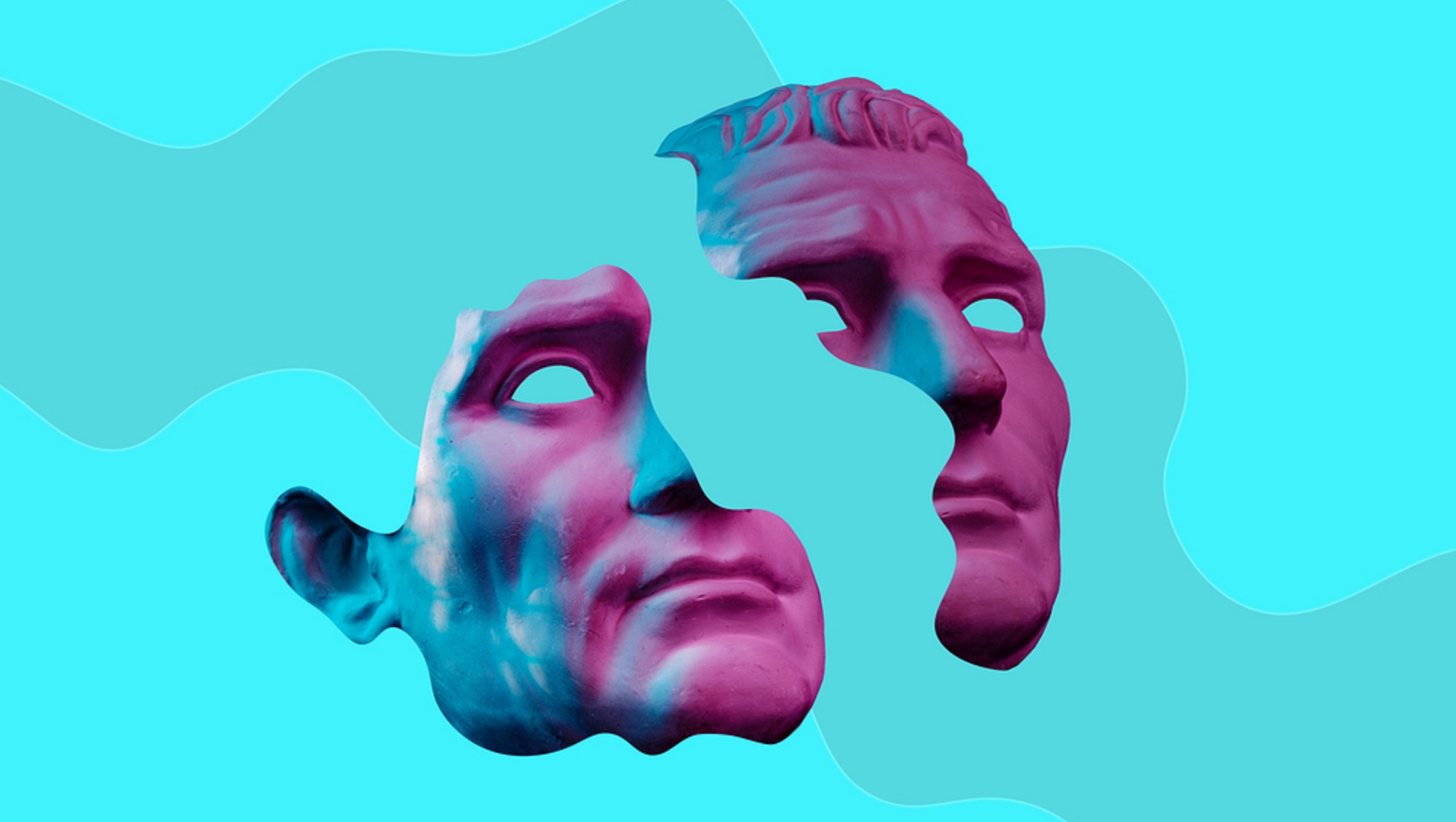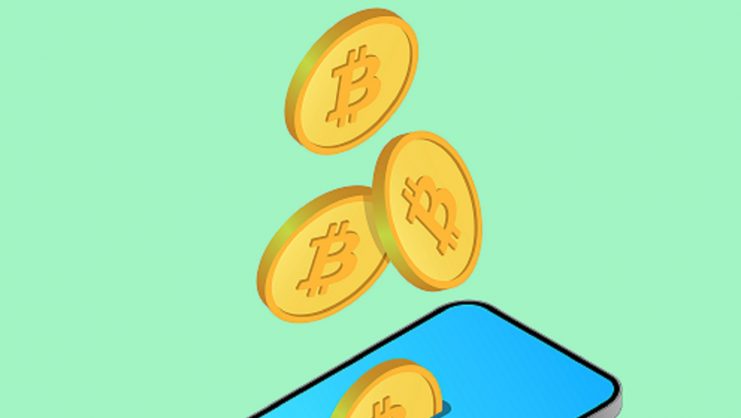Years ago, I had a phone interview with the founder of a digital platform for a job selling art. He wanted to hire someone with a background in art marketing and art history to be a salesperson. He explained that his company worked with a “foolproof method for selling art that provides all the analytical tools you need to reach your targets.”
What he meant was that he had created a code – he didn’t come from the art world but from the world of computer engineering and business – that would identify the interests of potential customers. It was a kind of Google search in which the question was “what does the collector I have on the phone want?” And the answer? A series of pieces housed in his database listed by size, value, and other objective data. All very neat and mathematical. A numbers game.
This also meant that, if I got the job, I would have no excuse for not selling anything and everything I was asked to sell. In addition, the platform had a second key function: resale. One of the many advantages offered to potential buyers (I would actually say the main one) was the guaranteed appreciation in value of the work. I repeat: guaranteed.
My interviewer (who obviously fancied himself a bit of a shark) then asked me to sell him a work of art, as if he were the customer, using the information that he had given me about his company in the previous five minutes of our phone conversation. I proceeded to repeat the key points that I thought were of most interest to him, emphasizing a ROI that I knew was impossible (what can I say, I was young and out of work.)
When I finished, he asked me “Wouldn’t you talk about the quality of the work?” to which I replied, “If your main concern here is profitability, which you say is guaranteed thanks to your method, I think the quality of the work is incidental.” I was surprised I didn’t get that job. I think I captured the spirit of the initiative perfectly.
Perhaps this same entrepreneur, after the explosion this year of NFTs, non-fungible tokens, has finally shed the pretense that he is the least bit interested in art.
My intent here is not to comment on digital art, which is as valid a means of expression as any other more traditional one. NFTs and digital art have nothing to do with each other. Their only connection is that thanks to non-fungible tokens, the artists of non-material works are finally able to market their creations without the need to resort to a physical medium. But this is not the only thing that is happening, nor is it, in my opinion, the main function of NFTs.
As a quick summary, non-fungible tokens are files based on blockchain technology (non-forgeable and traceable) which are used in the art world as a certificate of ownership of a piece of artwork that can have infinite copies. This is how, for example, a jpg file – which anyone can replicate and download from the Internet – can be sold for millions of dollars.
However, their use is not only restricted to digital works; the Hermitage, the Uffizi Gallery, and the British Museum have already sold shares in NFTs of physical works that hang on their walls. But in a year in which cultural institutions have been scrambling for funds – some desperately – and have even considered selling their pieces physically, this could be a middle-of-the-road solution that could please everyone.
Cryptocurrencies have become a way of looking at life, an ideology of decentralization, deregulation, and dematerialization.
This “digitalization” of real pieces of art is also being driven by Justin Sun, one of the biggest buyers of NFT-backed art (often called “crypto-art”). The young Chinese entrepreneur was the underbidder for Everydays: the First 5000 Days by Beeple, sold for $69 million, and was the buyer who scooped up Giacometti’s Le Nez, Picasso’s Femme nue couchée au collier and Andy Warhol’s Three Self Portraits. He has donated all of them to his foundation, APENFT, which intends to market their digital versions.
It comes as no surprise that Sun’s fortune is intimately related to cryptocurrencies. This industry has a community of investors who are so convinced that this new type of currency is going to change the world that they are much more than just shareholders. Cryptocurrencies have become a way of looking at life, an ideology of decentralization, deregulation, and dematerialization.
These three objectives have been hovering over the most exclusive segment of art sales for decades now. To understand this clearly, we need to distinguish between two areas within this market, one made up of investors and another of collectors. These groups sometimes converge, and their members may act in one way with some pieces and in a different way with others, but the interests that drive their investments and their collections have very little to do with one another.
For some time now, record-breaking works have not been collected, but invested in. We will probably not find the majority of the 50 most expensive pieces of the last ten years hanging on any collector’s wall. At best, they may be in a museum located in a hugely wealthy nation.
No, these works have long been stored, often in freeport locations where transfers of ownership do not cost money in terms of tax and where they can rest between purchases (as long as they don’t have to appear in an auction) without having to visit the residence of their new owners and incur any bothersome transportation, import, insurance, and packing costs.
As in any sector that is renowned for its impressively high profitability – Scott Reyburn published a scathing article in The Art Newspaper, “Have price and value in the art market parted ways for good?” which questions the reliability of the figures obtained by the main auction houses to calculate market growth due to the widespread practice of guarantees, which assure the work is sold, in many cases, at the starting price – the product itself has been gradually transformed into a financial asset.
In this scenario, the capacity of a work to make you richer – and the publicity its possession brings – is valued more than a genuine interest in art. In the series, “Pretend It’s a City,” Fran Lebowitz comments on this trend in her beautifully cutting manner: “…if you go to an auction, out comes the Picasso, dead silence. Once the hammer comes down on the price, applause.”
The gold rush has nothing to do with gold itself, but with its value.
This trend has gained momentum in the last year in two areas: NFTs and the work of young artists sold for several times their estimated value, such as the $2.8 million obtained by the 18-year-old artist FEWOCiOUS (with barely a record to justify this appreciation in value). What they have in common is the argument fielded against them by a number of critics: most of them have no intrinsic quality that makes them valuable.
My opinion is that this is a completely misguided perspective, because the high-end art market has not been about art for a long time. This sentence should not be interpreted as the spite of a lover of “traditional art.” It is simply a fact: the gold rush has nothing to do with gold itself, but with its value.
Another sector that is experiencing a very similar situation is real estate. The apartments on New York’s 57th Street, the ones in the world’s thinnest skyscrapers overlooking Central Park that sell for more than $100 million, are a reflection of NFTs. The majority of these homes are vacant. They have been purchased, but no one lives there. They are products with an excellent reputation in a buoyant market that have attracted millions of dollars in investment. When they are resold in a few months’ time, the new buyer won’t be asking what life is like in one of the most exclusive locations on the planet and will probably never even visit the place. The only thing that matters to them is the price tag.
Likewise, inertia is driving the record-breaking prices of works that no one is going to see on a daily basis, that no one is going to study, bequeath, or enjoy; they are only going to resell. It is the panic of being left out, of not getting rich with the others, FOMO at its best which, just as it can lead to a dramatic rise – or fall – in the stock market, takes us to the million-dollar sale of a pixel (The Pixel by Pak, sold for $1.36 million at Sotheby’s).
Up until now, the art market had been dominated by specialists in the discipline from many different fields, but always with a clear idea of the dimension which gauges the quality of the pieces it offers. But in this new scenario – that of the most exclusive crypto-art – in which profitability is not a priority, but the only important thing on the table, I think these experts should step to one side.
It is people like the one who interviewed me those many years ago – raw entrepreneurs and investors without any expertise – who should take our place in these cases, analyzing past sales data, assigning a serial number to the pieces so they don’t even have to see them, and making forecasts to please new buyers.
We need, once and for all, to accept the schism between art for speculation and art for collecting. We must accept that these are the new categories that define the market (not chronology, subject matter, or technique). Until we do, art lovers will keep asking the wrong questions about NFTs.
© IE Insights.








